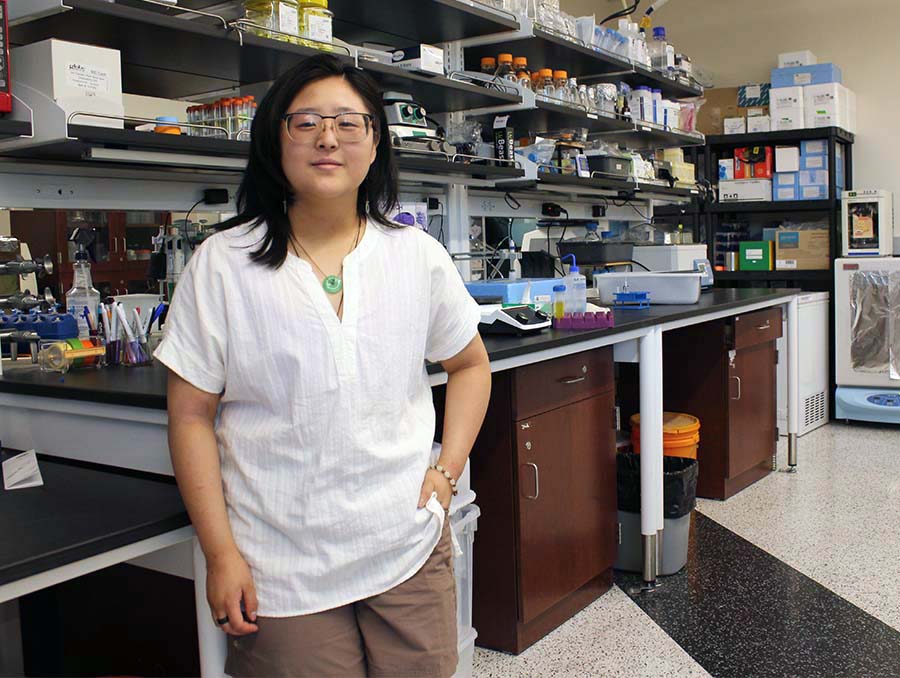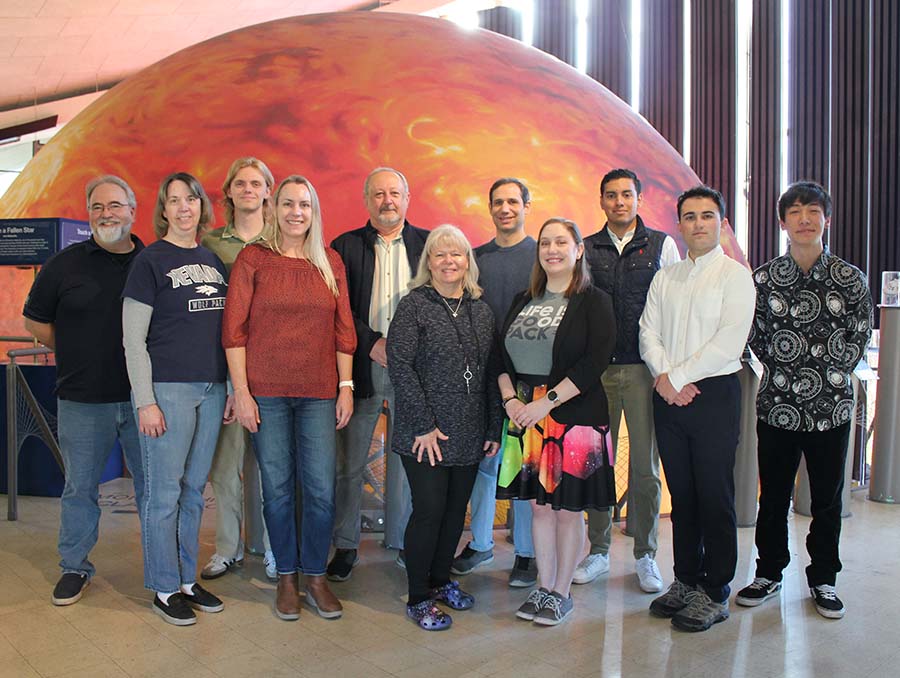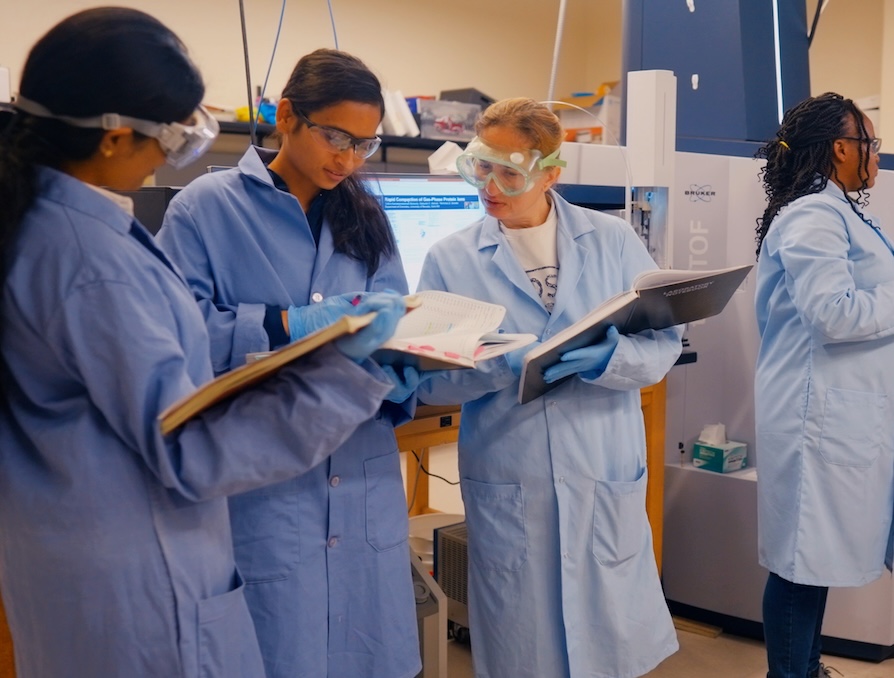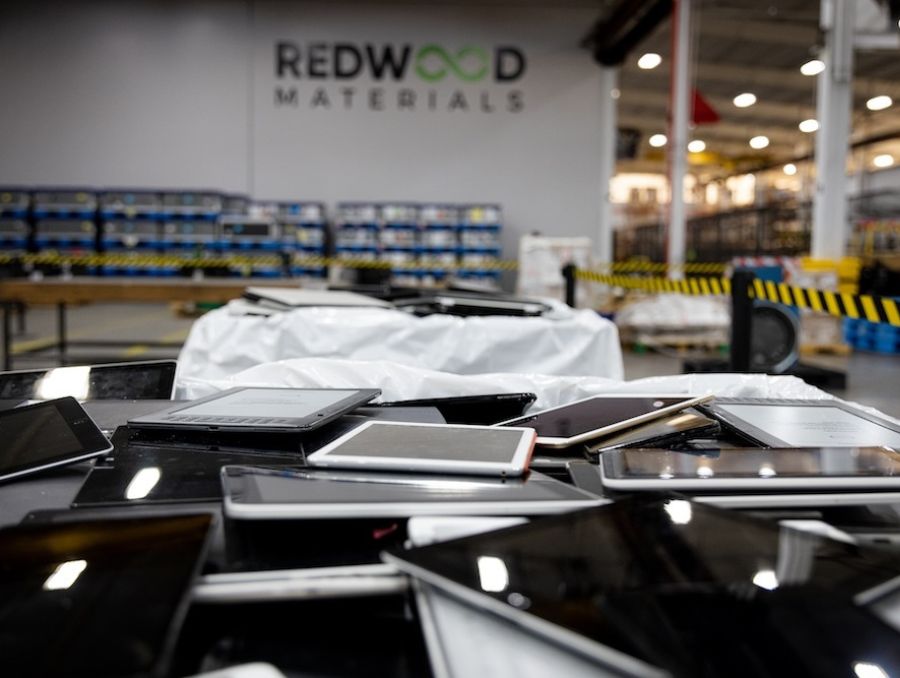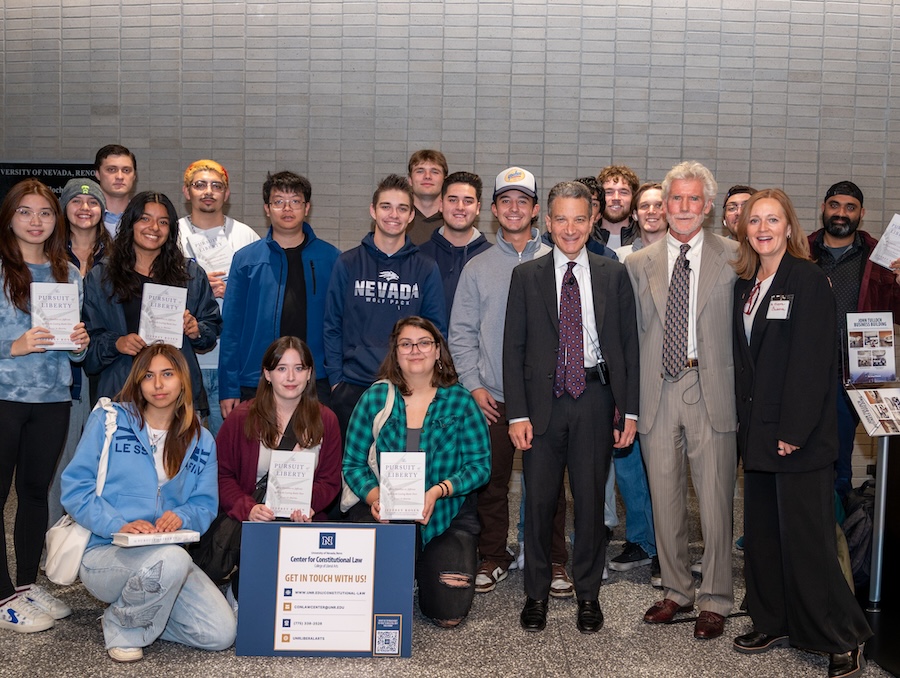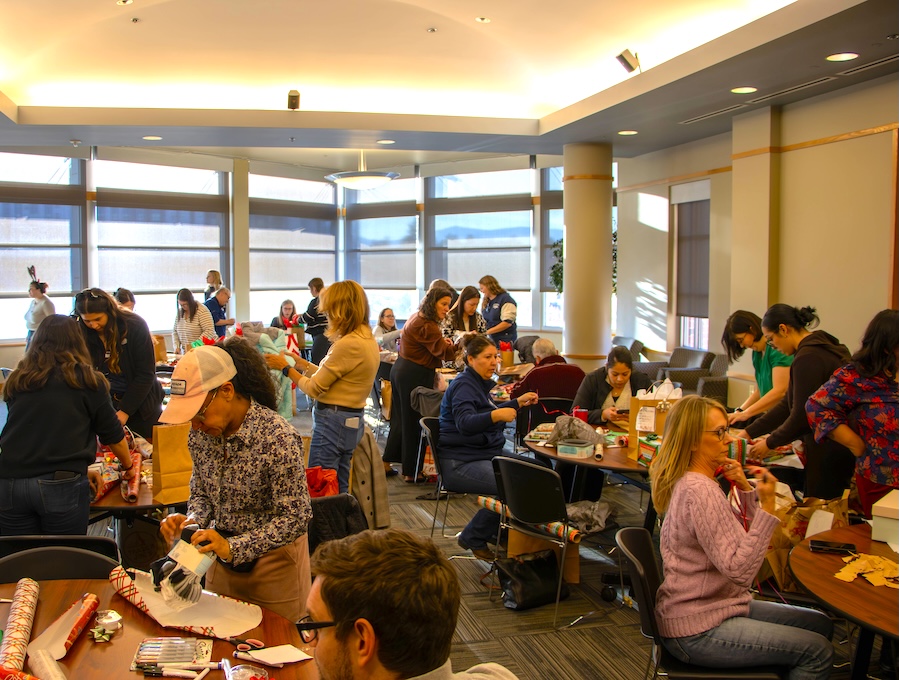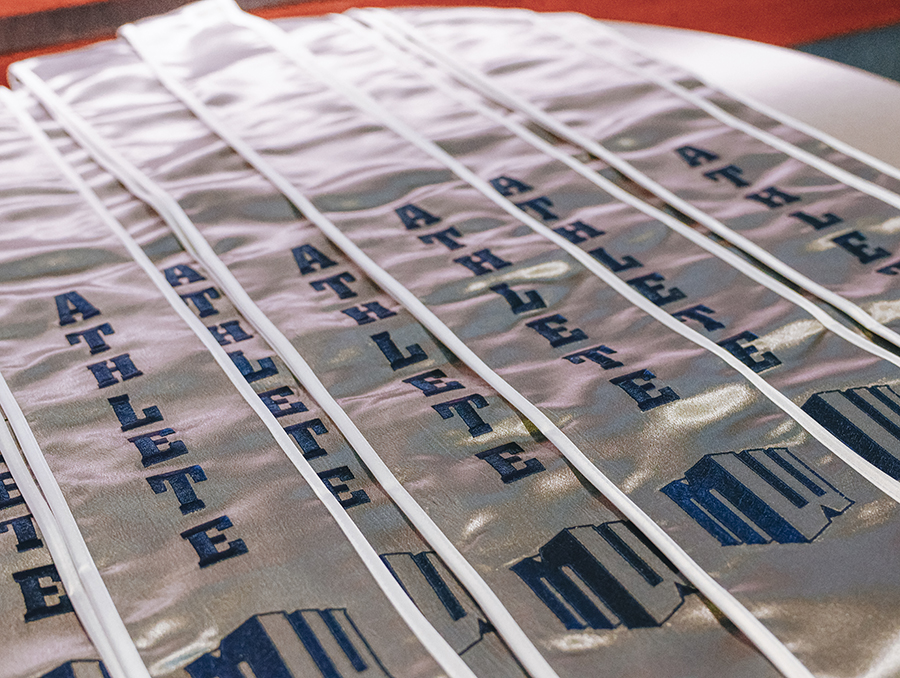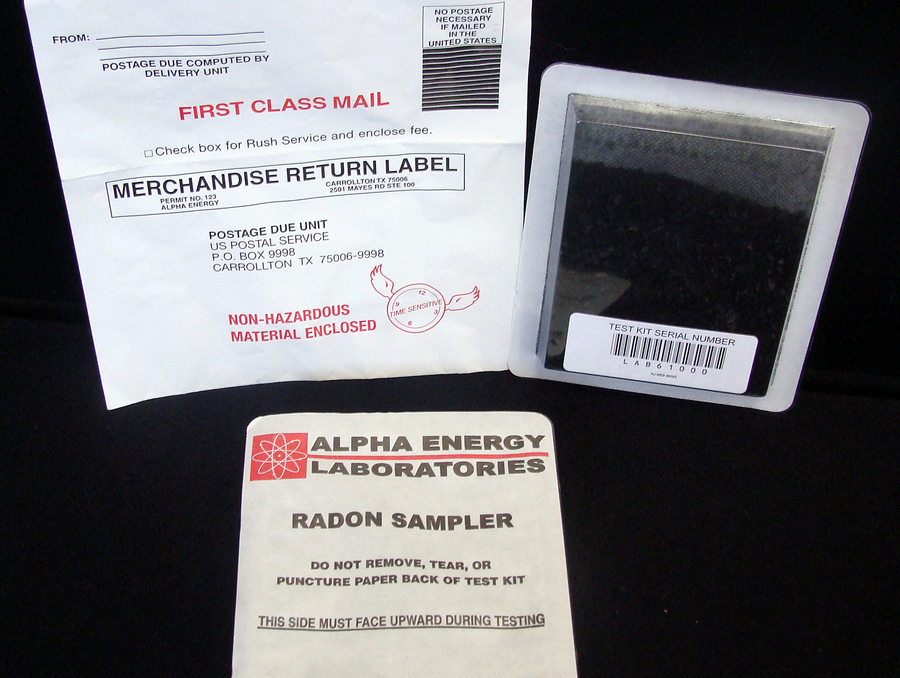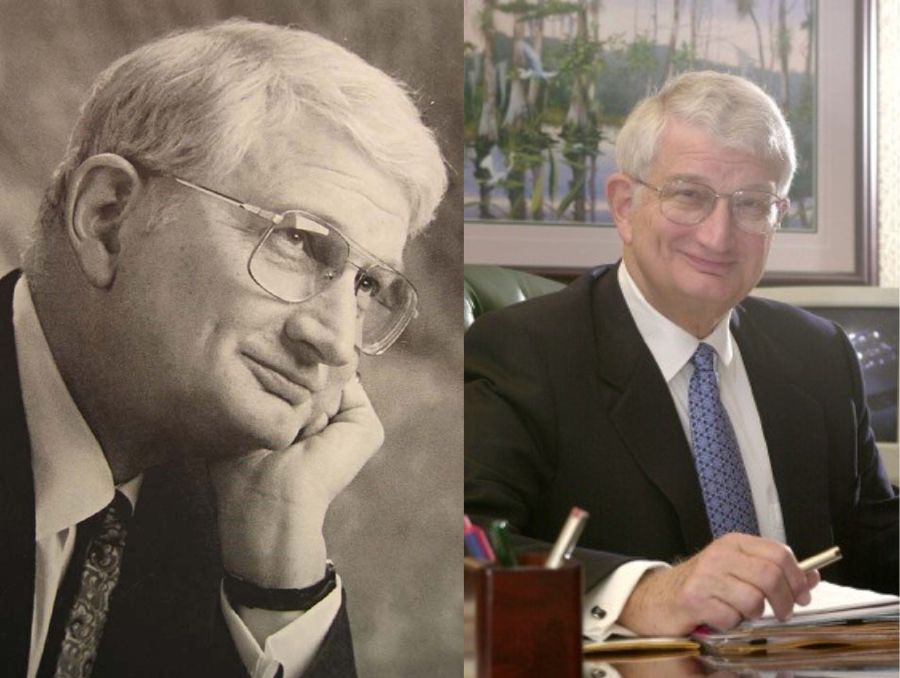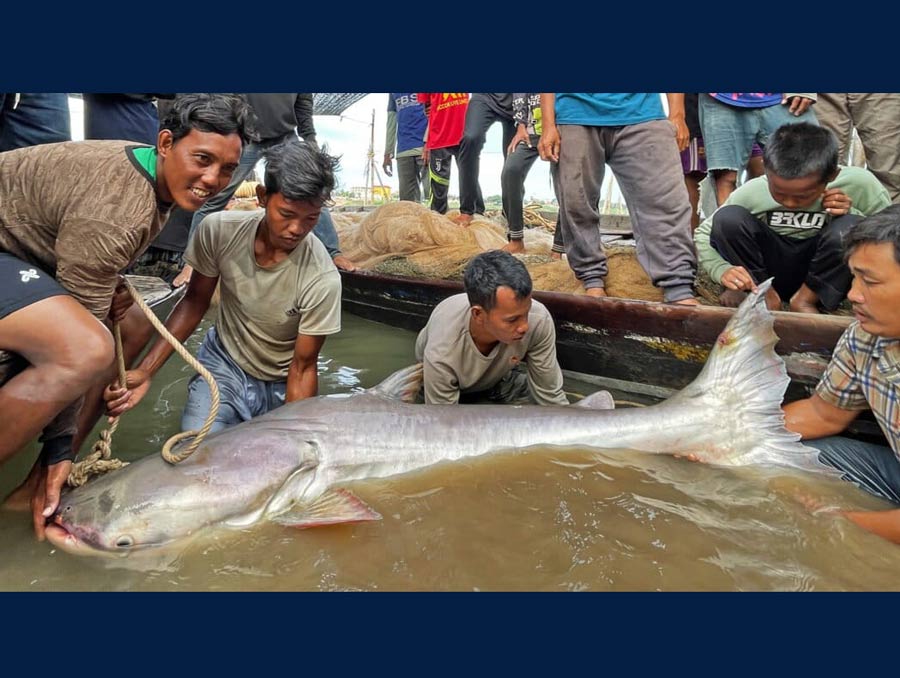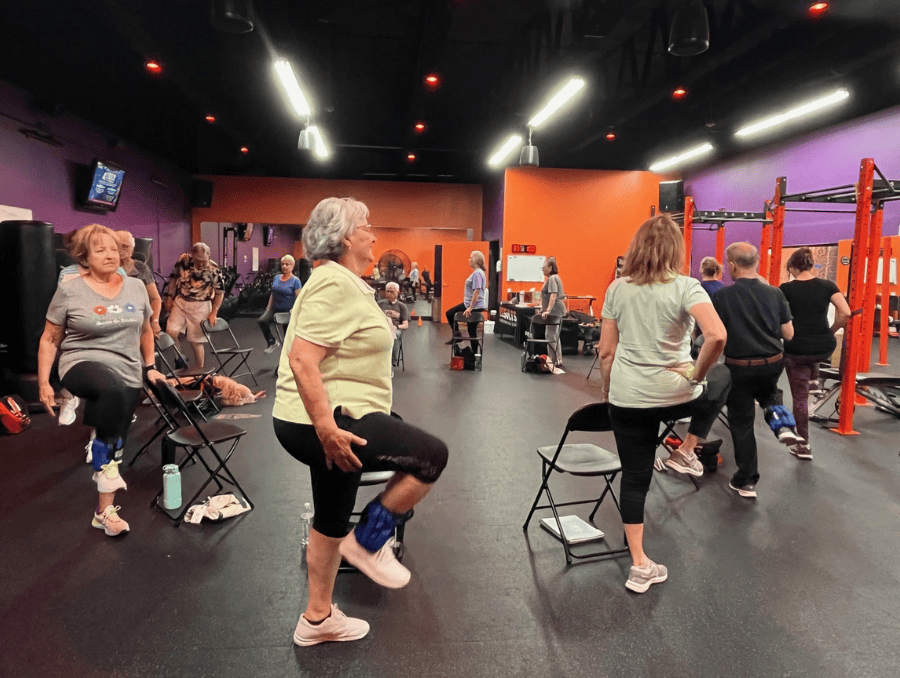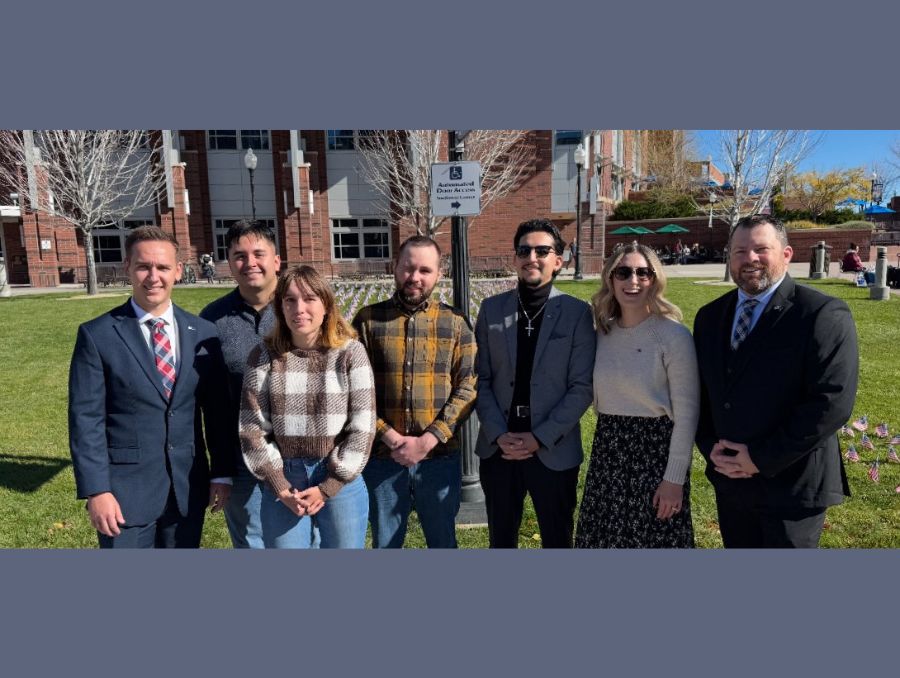When Nura Tung talks about the MOB hitting Reno, she’s not talking about organized crime.
She’s referencing mobile organic biofilm (MOB) carriers: small, plant-based material on which bacteria can grow and form biofilms, which support the bacteria that break down pollutants in wastewater. Tung, an environmental engineering graduate student, is writing her master’s thesis on this topic — and helping others understand it. This spring, she won the Graduate School’s 3-Minute Thesis competition in the master’s category with her presentation, “The MOB Hits Reno…’s Water Treatment Systems.”
“I am very passionate about conservation and improving the way we live life,” Tung said, “in a way that is more functional and cooperative with the environment, rather than destructive.”
Bugs in the biofilm
Tung conducted her research under Civil and Environmental Engineering Professor Eric Marchand, who was collaborating with the Truckee Meadows Water Reclamation Facility (TMWRF) to study whether incorporating MOB could enhance the facility’s capacity and overall treatment effectiveness.
This technology was developed by wastewater engineering company Nuvoda, who partnered on the demonstration project at the TMWRF facility. Specifically, the technology uses kenaf solids (about 1 mm in diameter) to host the bacteria that break down ammonia and phosphorus, chemicals that can pose water quality and health risks when found in water at high concentrations.
The bacteria that break down ammonia — “ammonia bugs,” as Tung put it — and the bacteria that break down phosphorus — “phosphate bugs” — require different environments, so wastewater treatment plants like TMWRF cultivate them in separate areas of the facility.
Marchand and Tung are studying whether the kenaf could support both types of bacteria at once to expand treatment performance at the facility.
“(Kenaf is) actually a fast-growing plant,” Tung said. “It’s grown as a fiber crop in a lot of areas. They’re processed to create these little granules — they look like little grains of wheat or rice. (The granules) are very porous, and they are ideal for hosting biofilm.”
Biofilm, a gel-like substance created by bacteria, serves as a habitat for bacteria and acts kind of like a glue so they can attach to surfaces.
“The theory with the kenaf granules is that the ammonia bugs and the phosphate bugs can live simultaneously in these little compounds protected by the biofilm,” Tung said.
Safe in the biofilm matrix, the ammonia bugs and phosphate bugs theoretically will break down ammonia and phosphorus in the wastewater.
‘It’s effective’
After kenaf was added to the water at TMWRF, Marchand and Tung studied the sludge — the stuff that sinks to the bottom of the tanks. This particular sludge, which now contained the kenaf with the biofilm, was tested to see how well the kenaf helped the bacteria remove the ammonia and phosphorus.
“Based on the results of our experiments, it seems to be effective,” Tung said.
Tung’s portion of the research is completed, but Marchand and collaborators in the Nevada Water Innovation Institute hope to continue work with TMWRF on various projects
“This project provided an exciting opportunity to work closely with city of Reno and city of Sparks engineers and professionals,” Marchand said. “Nura was an instrumental part of a dynamic team seeking to identify whether the MOB technology could be adopted at TMWRF to expand capacity and overall treatment effectiveness.”
Tung expects to complete her thesis, which is on the kenaf research, this summer. Beyond that, Tung said, “I’m pretty open to whatever jobs or opportunities open up.”
“Whether these opportunities are specifically in wastewater treatment or they’re in any kind of water resource, I would definitely want to look into that. I don't want to limit myself.”
